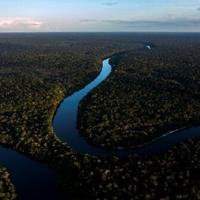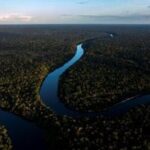Supporters believe that biodiversity credits could provide much-needed funding for nature conservation, while critics are concerned about potential scandals similar to past environmental financial approaches.
At the upcoming UN COP16 biodiversity summit in Colombia, the trading of credits in conservation will be a central topic.
The market for biodiversity credits, which monetizes activities claiming to protect or restore nature, is new, unregulated, and plagued by concerns of “greenwashing.”
Advocates suggest that businesses could offset ecological harm by purchasing credits from organizations supporting nature conservation and biodiversity.
However, ensuring the integrity of these credits, to ensure they fulfill their promises to the environment, remains a significant challenge without international standards.
Despite past setbacks, the use of biodiversity credits is gaining traction as a way to raise funds for nature conservation efforts.
– Gaining traction –
Nations have agreed to promote innovative biodiversity offset and credit schemes, aiming to boost confidence in biodiversity credits at COP16 in Cali.
The International Advisory Panel on Biodiversity Credits and other organizations are looking to present a roadmap for the sector and encourage countries to develop strong national credit schemes.
While challenges exist, high-profile support from leaders like Ursula von der Leyen and Luiz Inacio Lula da Silva indicates growing interest in nature credits.
– Challenges –
Despite potential benefits, many environmental groups are concerned that biodiversity credits may not directly benefit conservation or indigenous communities.
The trade of biodiversity credits faces unique challenges, including the lack of a common metric for assessing conservation efforts across different regions.
While discussions around international standards for carbon credits are more advanced, efforts to establish a global framework for biodiversity credits remain ongoing.
Overall, the market for biodiversity credits presents both opportunities and challenges in the quest to fund nature conservation efforts.





